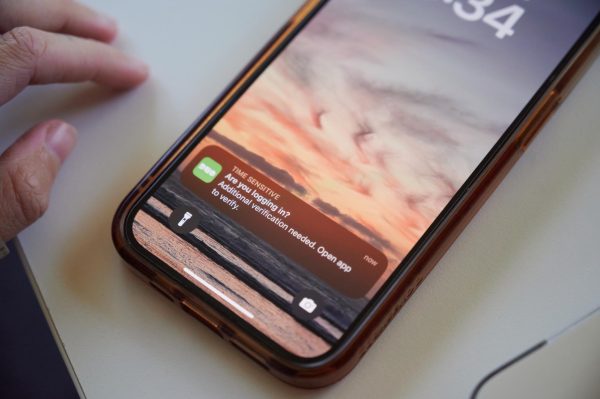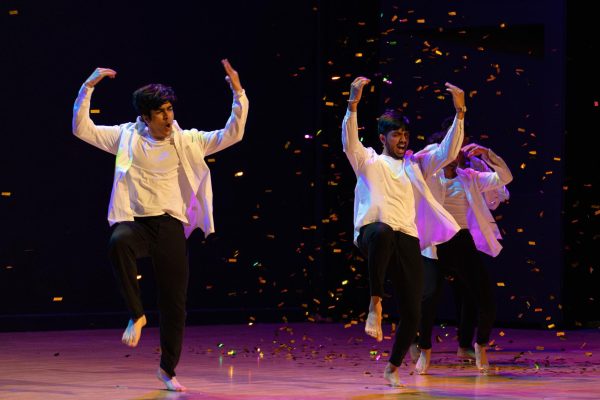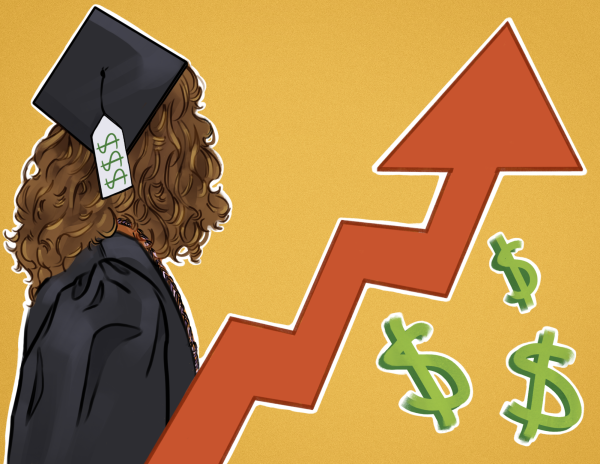Social media usage may cause negative mental health effects
September 25, 2017
Code of Student Conduct jurisdiction includes student behavior via social media
Photos, videos and updates—these are a few ways people can share with one another about their lives over social media platforms. These social engagements are convenient and done online, but lack the face to face interaction which can give a false image.
Social media is popular because it is fun, according to Dan Faltesek, assistant professor in social media. The term social media refers to social networking sites such as websites and applications. These sites and apps allow a user to create a profile and network with other individuals who also have profiles, as well as browse different content, Faltesek added.
“When thinking about why people use social network or social sites, you need to understand the pre-nuances of that particular site because every site is going to have a different feel to it,” Faltesek said.
Facebook creates an enjoyment and satisfaction of seeing interesting information from friends and family who post pictures and updates about their lives on a regular basis, according to Faltesek. Twitter offers something different, a feeling of a more heated argument.
“You have different feelings that you associate with these different things and people make complicated, contextual decisions to use them based on their perception of the sort of emotional energy they get from it, the goals, the fun,” Faltesek said.
Social media allows for quick and instant gratification to people, according to Dr. Trischa Goodnow, a professor of speech communication. Snapchat is an example where posting an image gives fast feedback which validates the sender.
“Social media in general allows for illusions of connection. You feel like you are connected to people because they have liked your post,” Goodnow said via email. “In reality, these connections are shallow at best.”
Studies have shown that constantly checking social media sites can lead to a feeling of social isolation in some individuals, according to Goodnow. Many times, only positive or catastrophic things are posted. As a result, someone is constantly being overwhelmed by everyone else’s great life. This can make someone think that their life is more boring, or less exciting than those around them, Goodnow added.
“Snapchat only intensifies this effect. Because the images tend to be humorous, the viewer gets these short glimpses of the good life,” Goodnow said in an email. “It’s almost like subliminal advertising, where quick flashes of images can implant ideas in your head.”
According to Brett Vicario, a staff psychologist at Counseling and Psychological Services, social media, though not always the biggest factor, can play a part in anxiety and depression in some individuals. The amount of time someone spends on social media can feel like a time consumption where the individual can feel overwhelmed by a particular thing that they’re taking in through social media.
“There’s a lot about wanting to fit in, being particularly sensitive to embarrassment, critique, shame and I think if we’re being made fun of or exposed, it feels like we’re sort of on the outside, or we’re a target of that,” Vicario said. “It certainly can lead to people feeling alienated, depressed, isolated; feeling bad about themselves.”
Vicario says an unfortunate result from digital communication is cyberbullying that can put pressure on a user if they feel victimized.
According to Willie Morgan, assistant director of student conduct and community standards, the Code of Student Conduct at Oregon State University has rules that apply to students’ online action,which would include cyberbullying when it is done so in a manner that violates these rules.
“The rules contained in the Code of Student Conduct apply to all behavior, whether on or off campus or online, including social media,” Morgan said via email. “Particular rules, such as threats, harassment and hazing could occur or be facilitated online in the same way they could occur offline.”
The Code of Student Conduct is to assist students in understanding what is acceptable behavior as being a part of the OSU community.
“Our rules are reflective of our entire community’s shared values of acting and treating each other with integrity, respect and responsibility,” Morgan said via email. “Online behavior may feel less real than an in-person conversation, but the ability to affect others negatively with your actions while online are still present.”
























































































































